Are Great Pyrenees Good Family Dogs?
Overview of Great Pyrenees
Introduction to the Breed
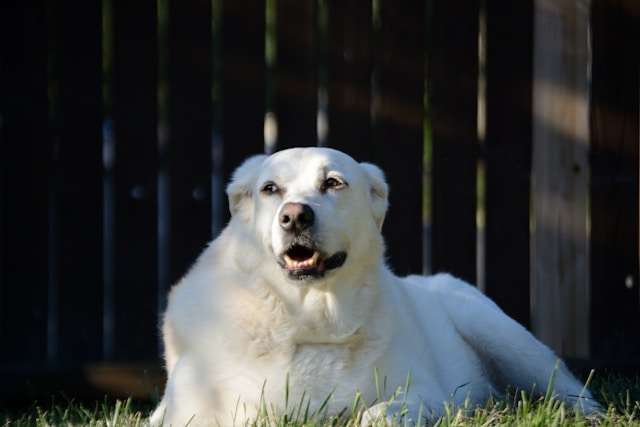
Are Great Pyrenees Good Family Dogs? The Great Pyrenees, known for their majestic presence and gentle demeanor, is a breed that has captivated the hearts of many pet owners. Originally bred as livestock guardians in the mountainous regions of France and Spain, these dogs possess an innate protective instinct and a gentle disposition.
Their regal appearance, characterized by a thick white double coat, often leads to misconceptions about their temperament; however, the Great Pyrenees are known to be affectionate and loyal family members.
As family dogs, they are particularly suited to homes with children and other pets. They demonstrate patience and a nurturing attitude. Understanding their unique traits, health needs, and grooming requirements is essential for any potential owner looking to provide a loving forever home for these noble companions.
Table of Contents
General Temperament
One of the Great Pyrenees’ most appealing qualities is its temperament. They are typically calm, gentle, and protective, making them excellent family dogs. While affectionate, they also have an independent streak, which can sometimes be mistaken for stubbornness.
This independence stems from their historical role as guardians, where they needed to make decisions without human intervention. When properly trained and socialized, Great Pyrenees can be incredibly friendly and form strong bonds with their families.
However, it is essential to note that their protective nature may make them wary of strangers. Early socialization and exposure to various environments can help mitigate this trait, ensuring they are well-adjusted family members. Proper guidance allows them to coexist peacefully with new people and other animals.
Characteristics of Great Pyrenees
Physical Appearance
The Great Pyrenees stand out due to their stunning physical characteristics. They typically have a large, sturdy frame, with males weighing between 100 and 160 pounds and females weighing 85 to 115 pounds.
Their most defining feature is their long, flowing double coat, which is primarily white but may include shades of gray, tan, or badger markings. This coat serves a functional purpose, providing insulation against cold weather, which is essential given their origin in the Pyrenees mountains.
Aside from their coat, their broad head, rounded skulls, and muscular necks contribute to their regal appearance. Their dark, expressive eyes convey a sense of intelligence and sensitivity, which perfectly complements their gentle nature.
Size and Weight
The size of a Great Pyrenees can vary significantly between individuals, but they are generally classified as large dogs. Adult males typically stand between 27 and 32 inches tall at the shoulder, while females are slightly smaller, ranging from 25 to 29 inches.
Their weight can fluctuate based on genetics, diet, and lifestyle, making it essential for owners to monitor their health and maintain a balanced diet for optimal growth and development.
This breed’s size and strength require ample space to roam and play. Ideal living conditions include homes with large backyards or access to open spaces, as they thrive in environments where they can express their instincts. Regular exercise is crucial to keep them physically fit and mentally stimulated.
Lifespan and Health
Average Lifespan
The average lifespan of a Great Pyrenees is around 10 to 12 years. Like any breed, their longevity is influenced by various factors, including genetics, diet, exercise, and healthcare. Prospective owners should be aware of the lifespan when considering adding a Great Pyrenees to their family, as this breed requires a long-term commitment.
Regular veterinary check-ups, a balanced diet, and appropriate exercise can help extend a dog’s life expectancy. Providing a loving environment is also essential, as emotional well-being contributes significantly to a dog’s overall health.
Common Health Issues
While the Great Pyrenees are generally robust but prone to specific health issues. Some common concerns include hip and elbow dysplasia and various heart conditions. The breed also has eye problems, such as cataracts and entropion. Moreover, their heavy coat makes them susceptible to skin issues, particularly in warmer climates.
Responsible breeding practices are crucial to mitigate these risks. Prospective owners should always seek reputable breeders who conduct health screenings for genetic conditions. Additionally, being attentive to any signs of discomfort or changes in behavior can aid in early diagnosis and treatment of potential health problems.
Preventative Care
Preventative care plays a vital role in maintaining the health of a Great Pyrenees. Regular vet visits, vaccinations, and a healthy diet are foundational elements of their care regimen. Owners should ensure that their pets receive routine check-ups, which can help identify health issues early on.
Moreover, maintaining a healthy weight is essential in preventing obesity-related complications. Providing adequate exercise and engaging in activities that stimulate their minds will contribute to their overall well-being. Owners should also be vigilant about dental care, as dental disease can lead to severe health problems if left untreated.
History of Great Pyrenees
Origin and Purpose
The Great Pyrenees has a rich history that dates back over 3000 years. Originating in the mountainous regions of France and Spain, they were bred primarily as livestock guardian dogs. Their role was to protect sheep and other livestock, such as wolves and bears, from predators.
These dogs were highly valued for their strength and ability to operate independently in the rugged terrain, showcasing their innate protective instincts.
Throughout history, the Great Pyrenees has been revered for their loyalty and courage. They served as guardians of livestock and companions to shepherds, forming strong bonds with animals and humans. This deep-rooted connection with people laid the groundwork for their evolution into family pets.
Evolution as Family Pets
As society evolved, so did the role of the Great Pyrenees. Their gentle nature and protective instincts made them increasingly popular as family pets. They transitioned from working dogs to beloved companions, maintaining their guarding instincts while developing a strong bond with their human families. The breed’s reputation for being great with children further solidified it as a family favorite.
Today, Great Pyrenees are appreciated for their beauty, size, and loving demeanor. They often participate in family activities, serving as loyal protectors and playful companions. This evolution highlights the breed’s adaptability, showcasing its ability to thrive in various environments while maintaining its core characteristics.
Grooming Requirements
Coat Care
The Great Pyrenees require significant grooming, primarily due to their thick double coat. This breed has a soft, insulating undercoat and a longer outer coat that protects them from the elements. Regular brushing is essential to prevent matting and to control shedding, particularly during seasonal changes when they shed more heavily.
Brushing them at least once a week and more frequently during shedding seasons is recommended.
Bathing is also a crucial aspect of grooming; however, it should be done sparingly to avoid stripping the coat of its natural oils. A mild dog shampoo is advisable, and owners should ensure their dogs are thoroughly dried after bathing to prevent skin issues.
Keeping the coat clean and well-maintained will contribute to the overall health and comfort of the Great Pyrenees.
Shedding and Maintenance
Great Pyrenees are known for their significant shedding. Their dense coat requires vigilant maintenance to keep loose hair under control. While regular brushing helps, vacuuming and cleaning your home frequently will also be necessary to manage shedding effectively. Owners should be prepared for the seasonal shedding cycles, where they may notice an increase in loose fur.
Regular checks for tangles or mats, especially around the ears and under the legs, are crucial. Ears should be cleaned weekly to prevent infections, and nails should be trimmed regularly to avoid overgrowth. Overall, the commitment to grooming is essential for a harmonious relationship between the owner and their Great Pyrenees.
Bathing and Nail Care
Bathing a Great Pyrenees should occur as needed, typically every few months, unless they become dirty or smelly. When washing, using warm water and ensuring thorough rinsing to remove all shampoo residue is vital. After bathing, drying is just as important; some owners opt for a dog dryer or towel drying to avoid chilling their pets, especially in colder months.
Nail care is another crucial part of grooming. Long nails can lead to discomfort and affect mobility, so it is essential to trim them regularly. Active outdoor dogs may wear down their nails naturally, but indoor dogs need more frequent trimming, usually every 4 to 6 weeks. Ensuring proper grooming helps maintain the overall health and happiness of the Great Pyrenees.
Buying or Adopting a Great Pyrenees
Finding Reputable Breeders
When considering adding a Great Pyrenees to your family, sourcing a reputable breeder is paramount. Responsible breeders prioritize the health and temperament of their dogs, conducting health screenings for common genetic issues. Visiting the breeder’s facility to observe the living conditions and interact with the puppies and their parents is advisable. A good breeder will welcome questions and provide transparent information about their breeding practices.
Potential owners should also request references from previous buyers and be wary of breeders prioritizing quantity over quality. Ensuring the selected breeder adheres to ethical practices will increase the likelihood of bringing home a healthy, well-adjusted puppy.
Considerations for Adoption
Adopting a Great Pyrenees can be a rewarding experience. Many rescue organizations focus on rehoming this breed, providing a second chance for needy dogs. When considering adoption, it is vital to research local rescue groups and shelters specializing in Great Pyrenees or similar breeds.
Adopting an adult dog may provide a more immediate understanding of the dog’s temperament and health, as their personalities are already developed. However, it’s crucial to remember that any dog may need time to adjust to a new environment. Patience, love, and consistent training can help facilitate this transition, ensuring a harmonious integration into the family.
Cost and Commitment
Owning a Great Pyrenees comes with various costs, including purchasing or adoption fees, food, grooming supplies, and veterinary care. Purchasing a puppy from a reputable breeder can range from $1,000 to $2,500, while adoption fees from shelters or rescues typically range from $100 to $500, depending on the organization and the dog’s needs.
In addition to initial costs, ongoing expenses such as routine veterinary check-ups, vaccinations, and preventive medications should be considered. Great Pyrenees also require time and effort for training and socialization, especially in their early years. Understanding the financial and time commitments involved is essential for prospective owners to ensure they can provide a loving and stable environment for their new canine companion.
FAQs
Are Great Pyrenees good with children?
Yes, Great Pyrenees are known for their gentle and protective nature, making them excellent companions for children. They are typically patient and tolerant, but supervision is always recommended to ensure safe interactions, especially with younger kids.
How much exercise do Great Pyrenees need?
Great Pyrenees require moderate exercise to stay healthy and happy. Daily walks and playtime in a secure yard are essential. However, they are not overly energetic and can adapt to a more relaxed lifestyle, making them suitable for various living situations.
Can Great Pyrenees live in apartments?
While Great Pyrenees can adapt to apartment living, it’s not the ideal environment due to their size and exercise needs. They thrive in homes with space to roam. If living in an apartment, it’s crucial to ensure daily walks and playtime to meet their exercise requirements.
Do Great Pyrenees shed a lot?
Yes, Great Pyrenees are known to shed significantly, especially during seasonal changes. Regular brushing and grooming are essential to manage their shedding and keep their coat healthy.
What is the best diet for a Great Pyrenees?
A high-quality diet formulated for large breeds is ideal for Great Pyrenees. Owners should consult their veterinarian to determine the best diet based on the dog’s age, weight, and health needs. Proper nutrition is essential for their overall health and well-being.
Conclusion
The Great Pyrenees is a magnificent breed, known for its gentle demeanor, loyalty, and protective instincts. As family dogs, they bring warmth and companionship, thriving in environments that allow them to express their natural guarding instincts while enjoying the love of their families. Understanding their grooming, health needs, and the commitment required for ownership is crucial for prospective pet owners.
Whether you buy from a reputable breeder or adopt from a shelter, being informed about the breed will ensure a rewarding experience for you and your Great Pyrenees. These magnificent dogs can be an excellent addition to any family with the right environment, care, and love.

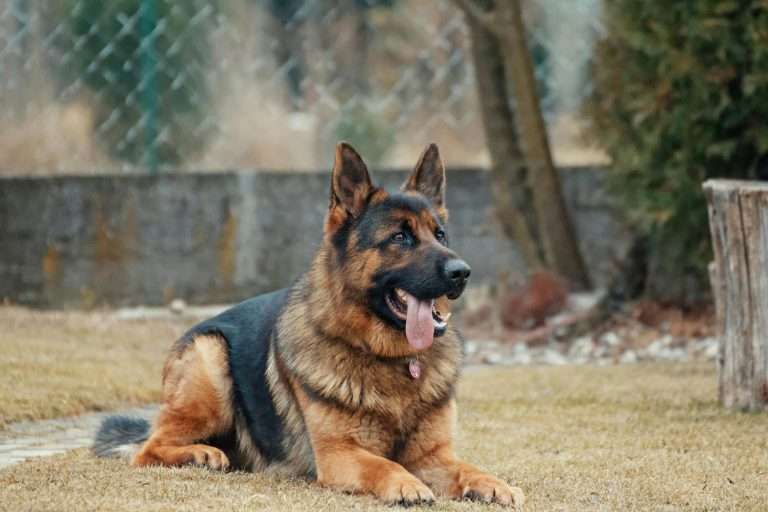
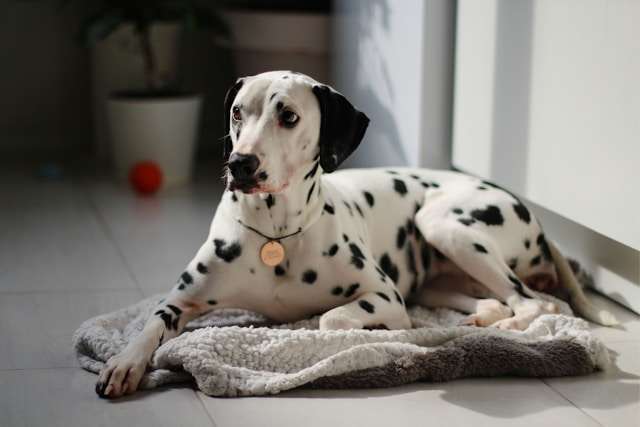
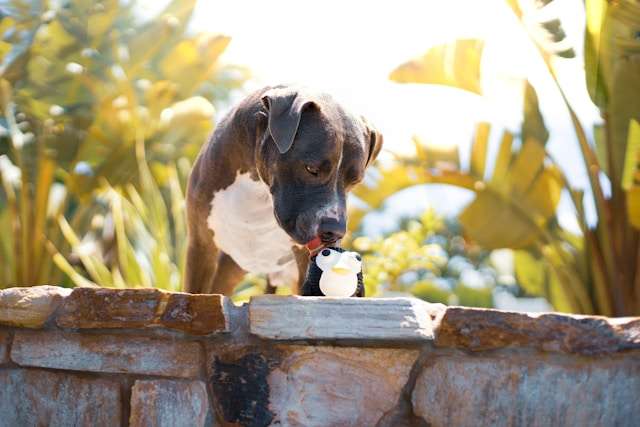
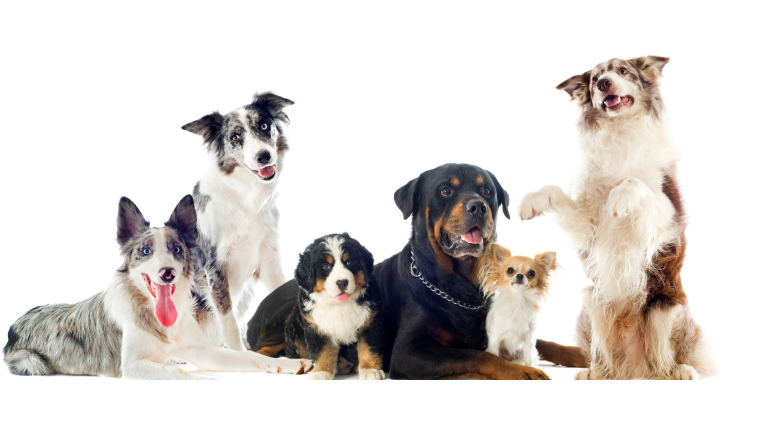


One Comment